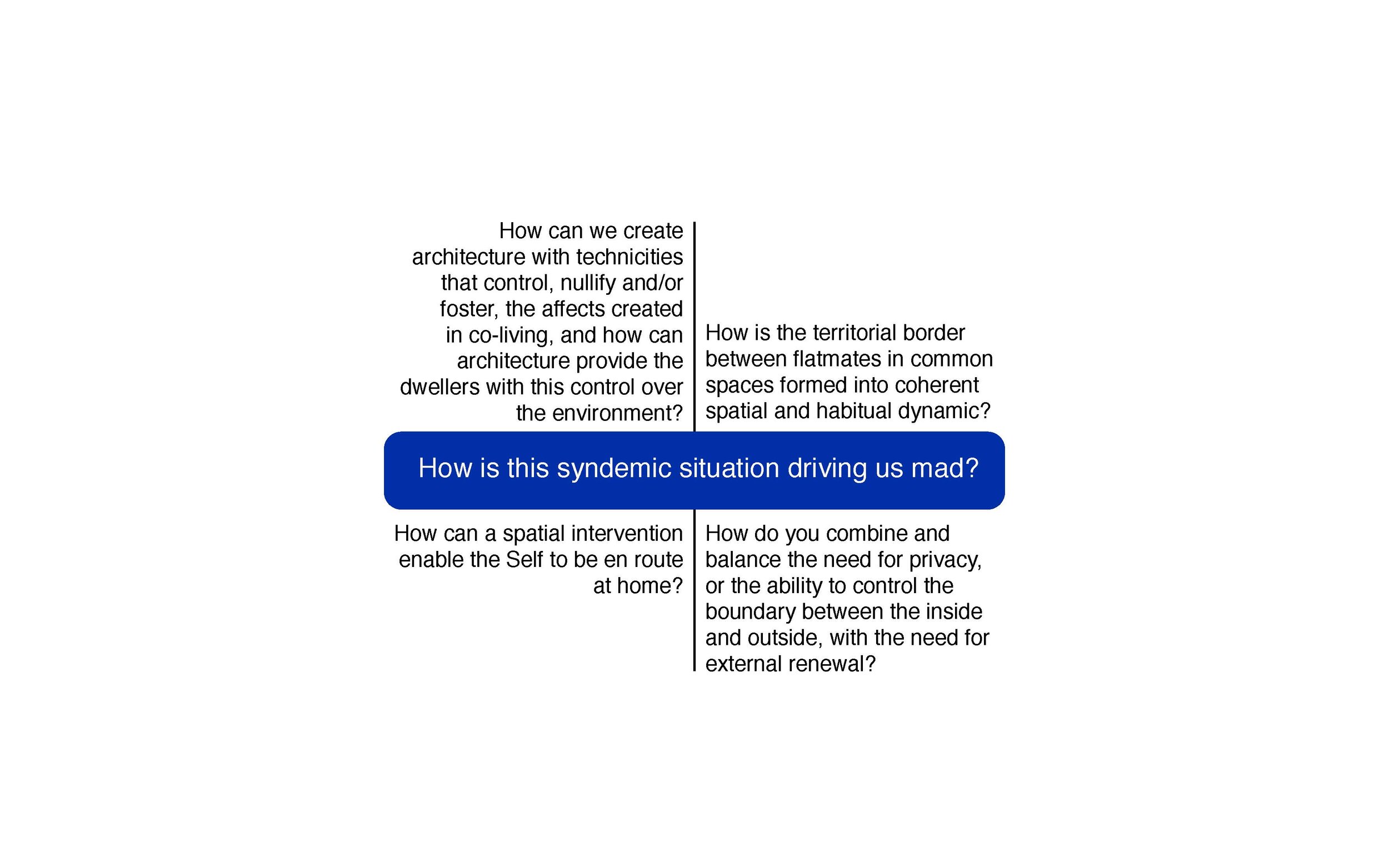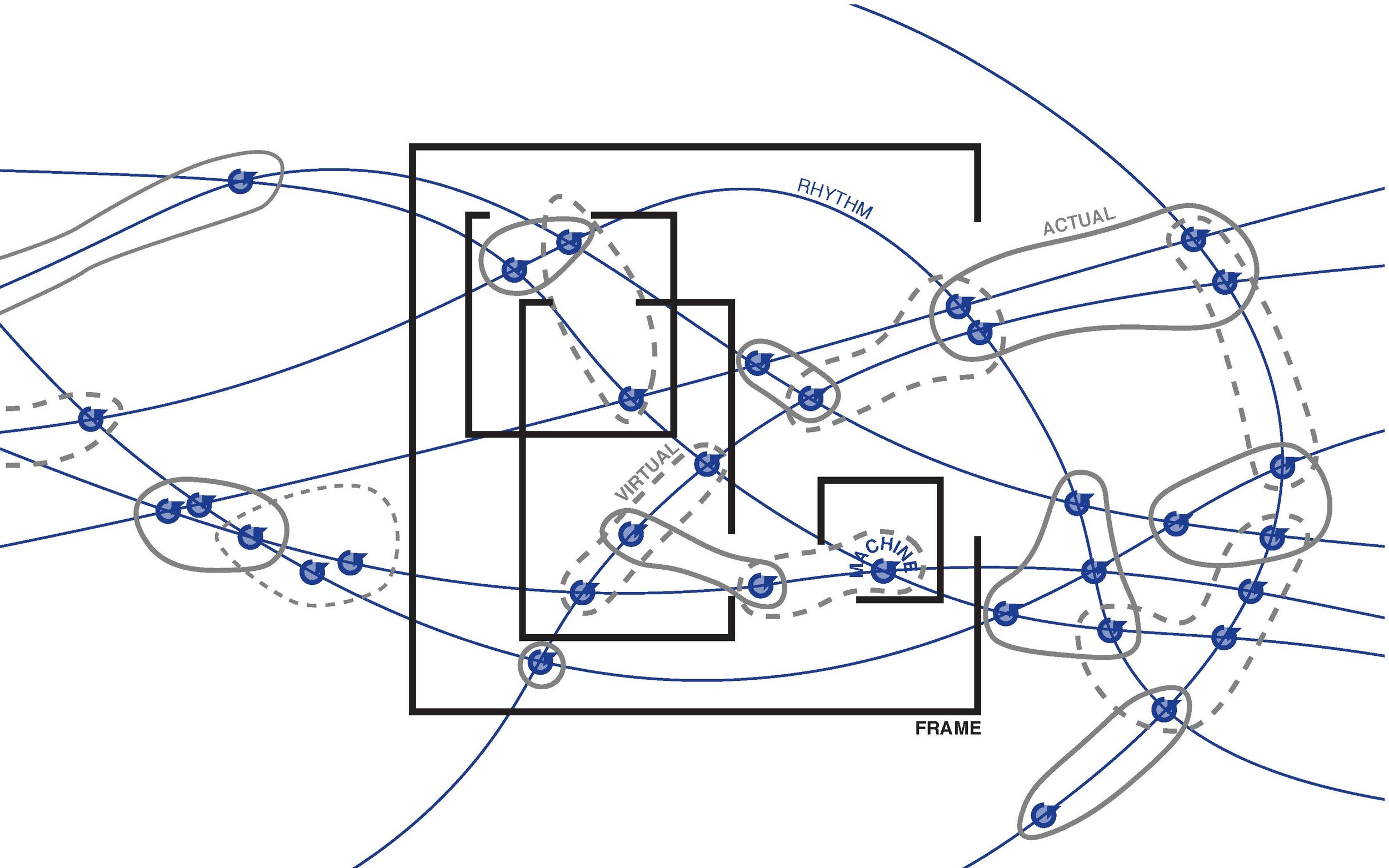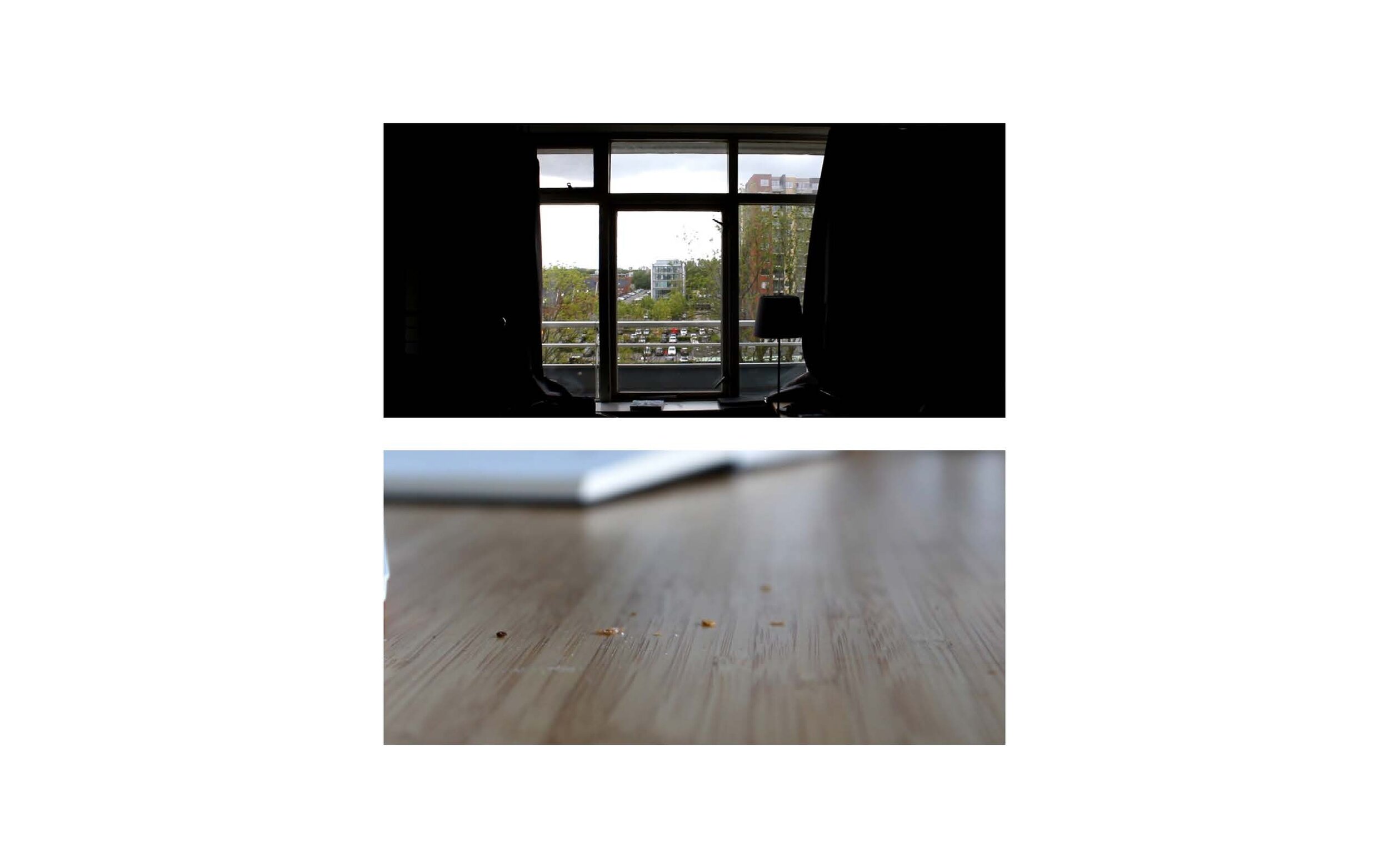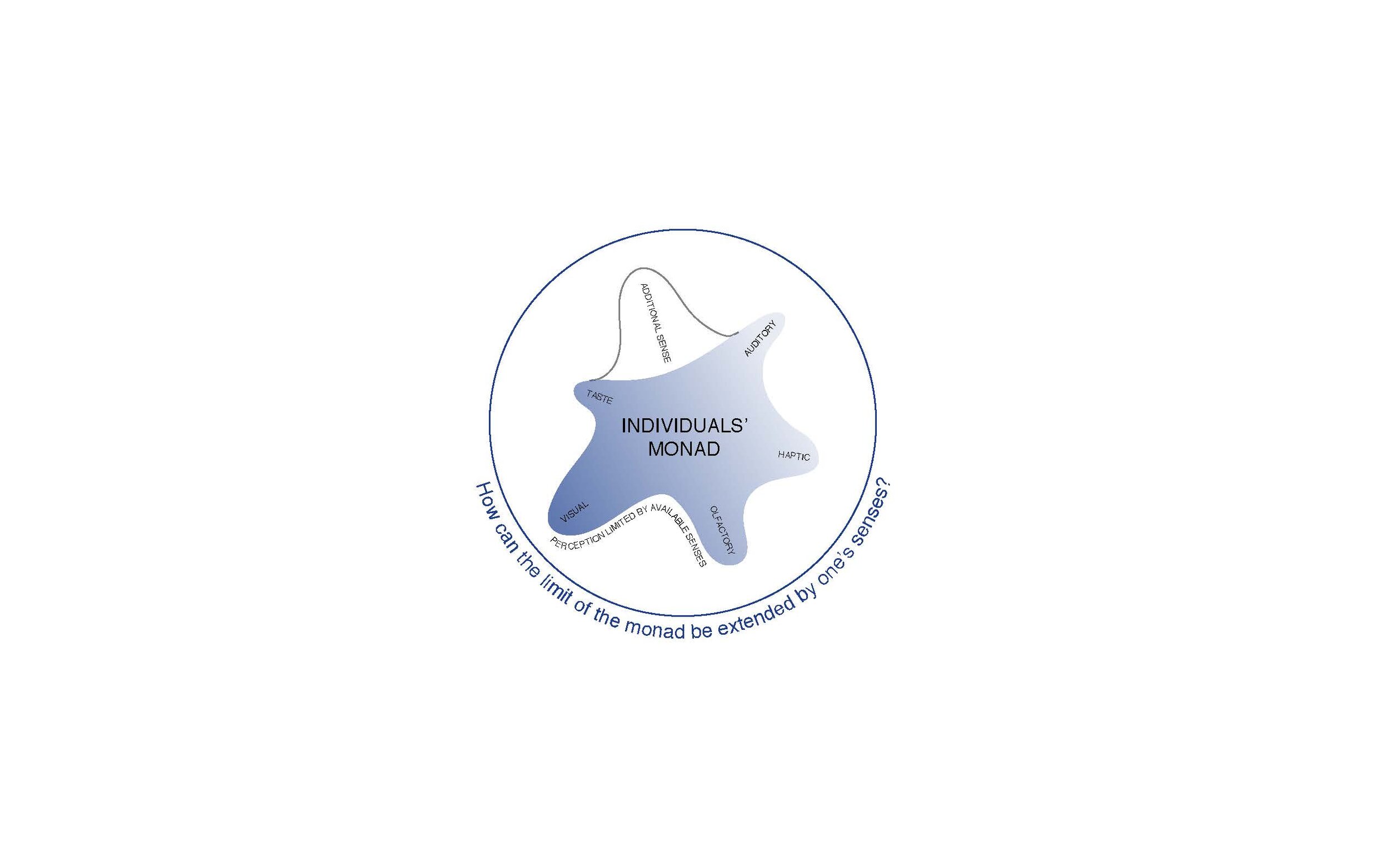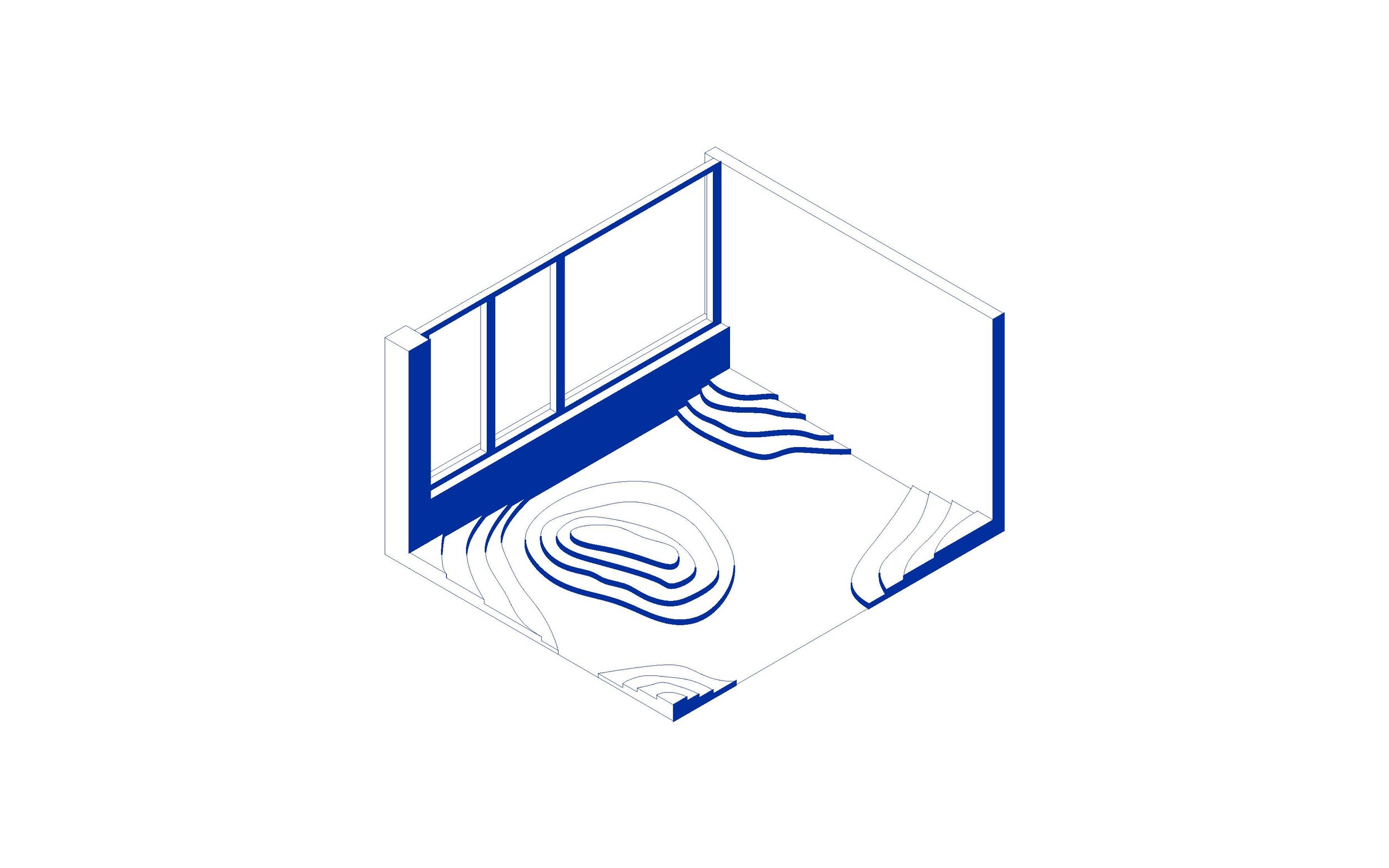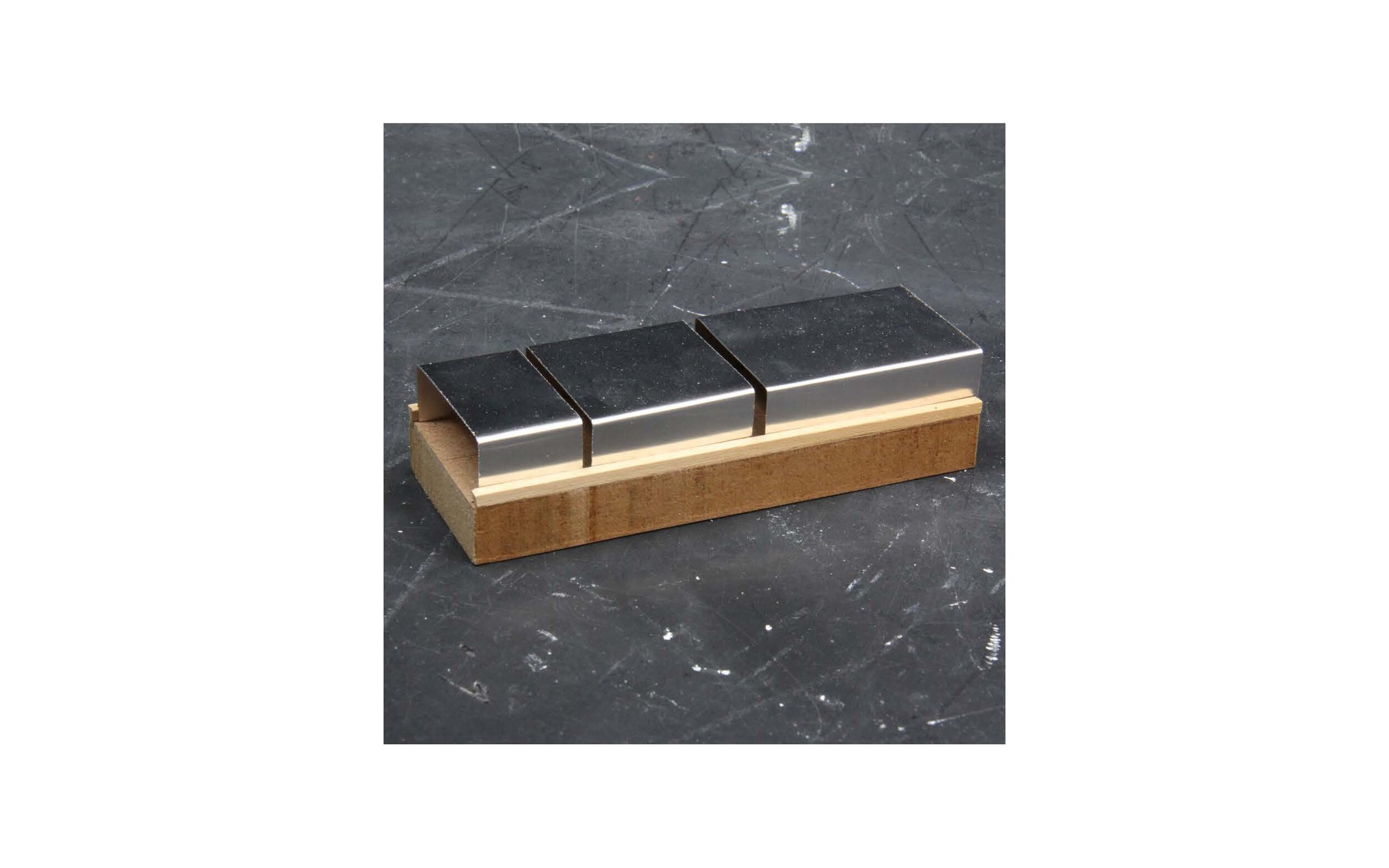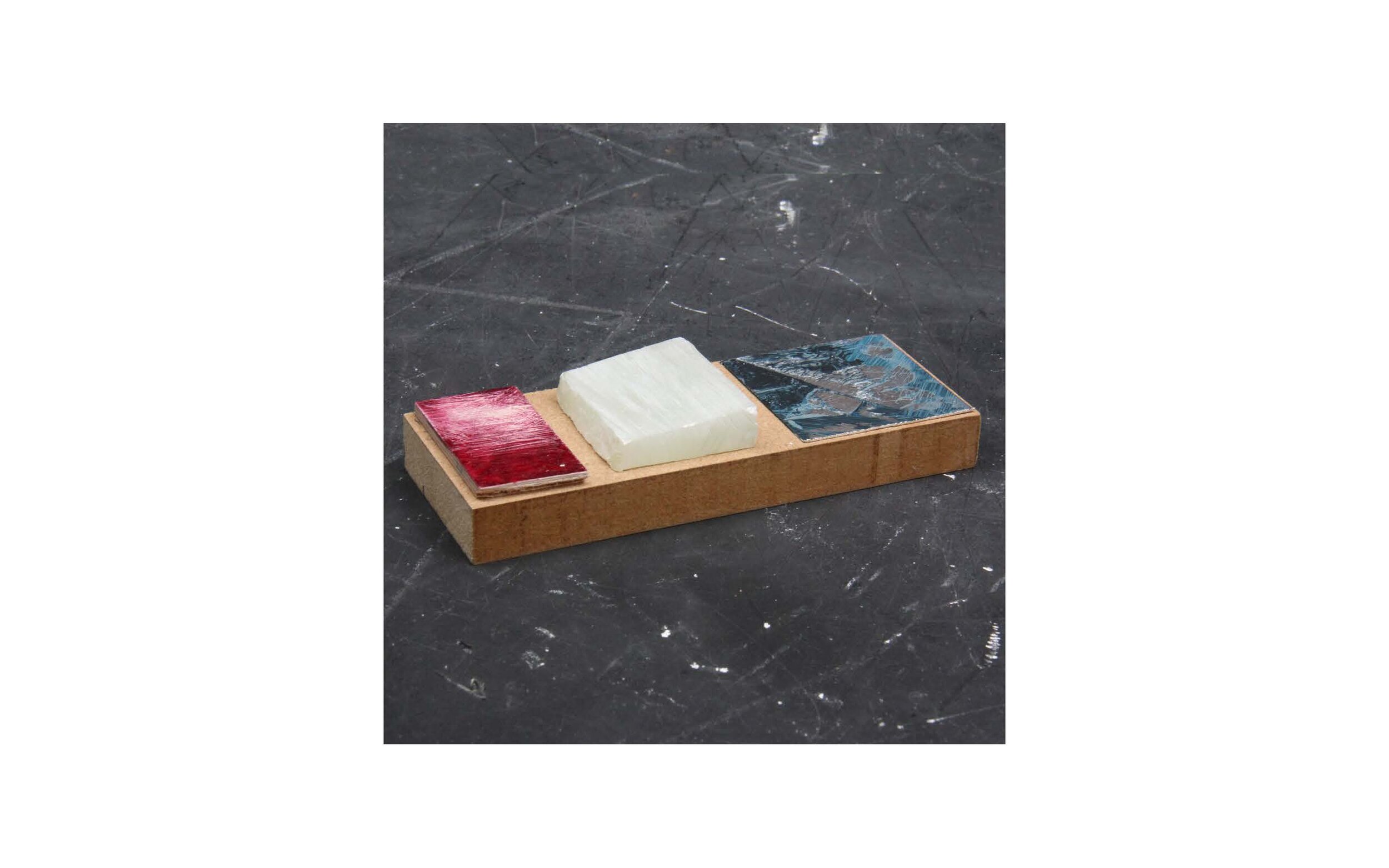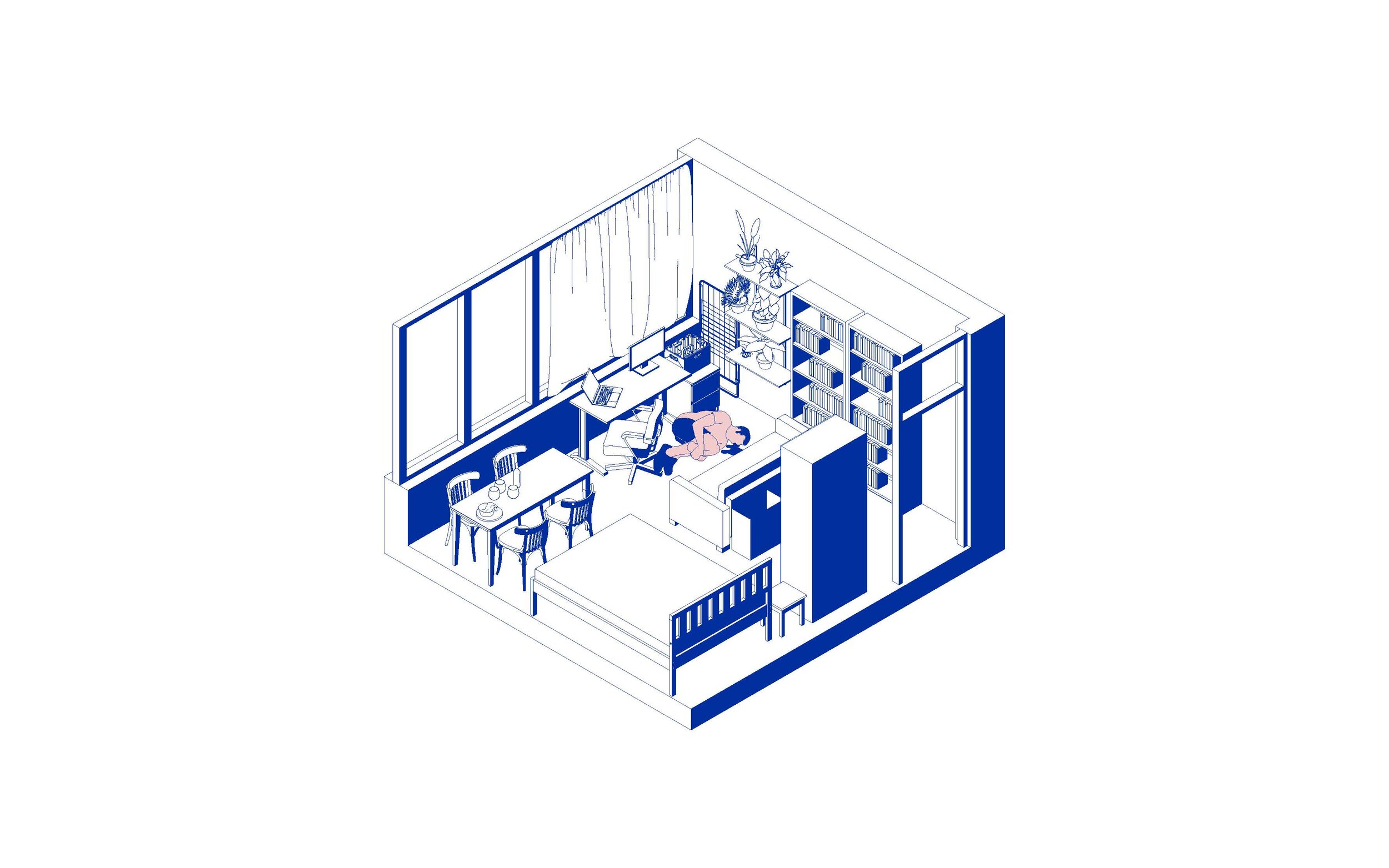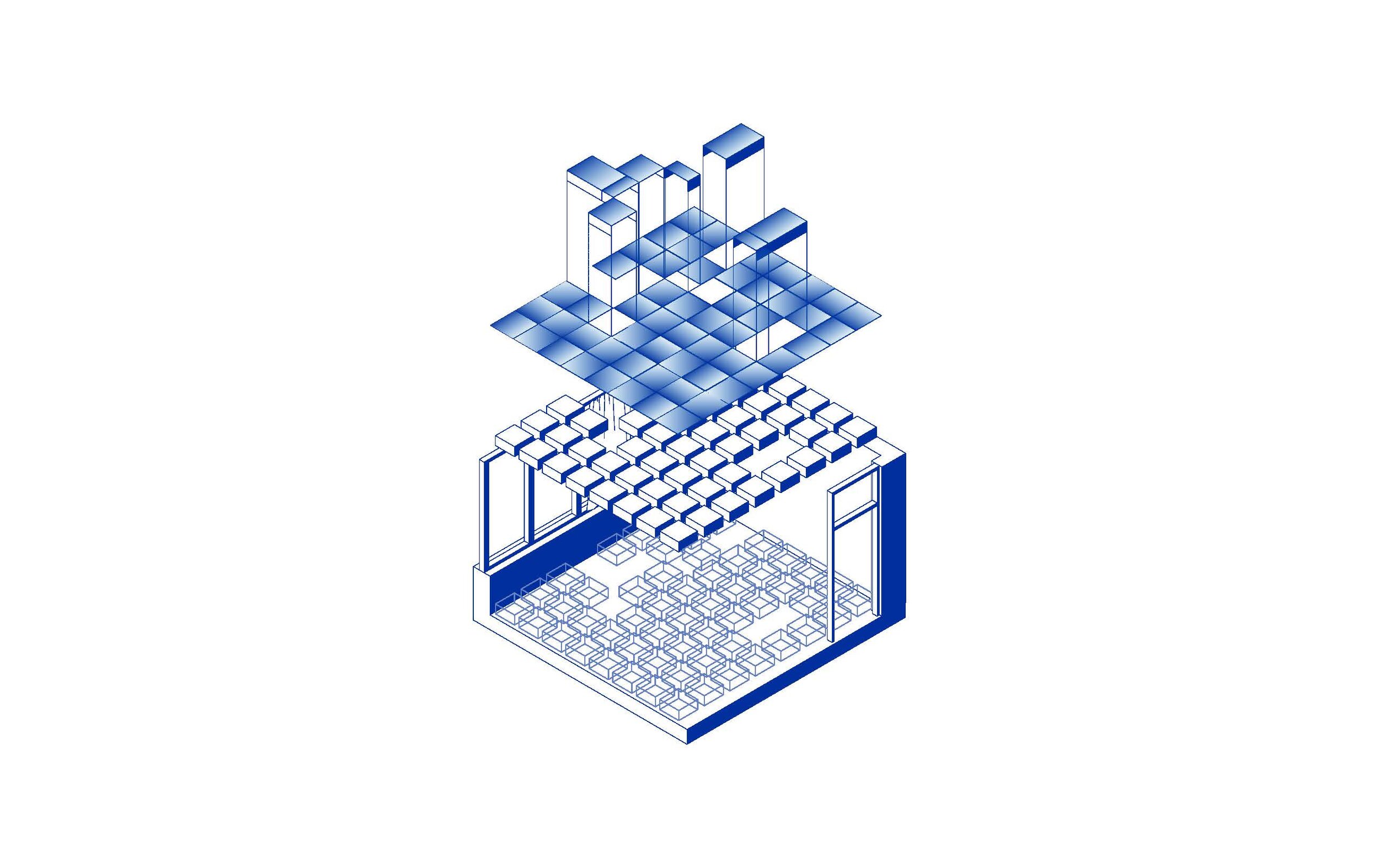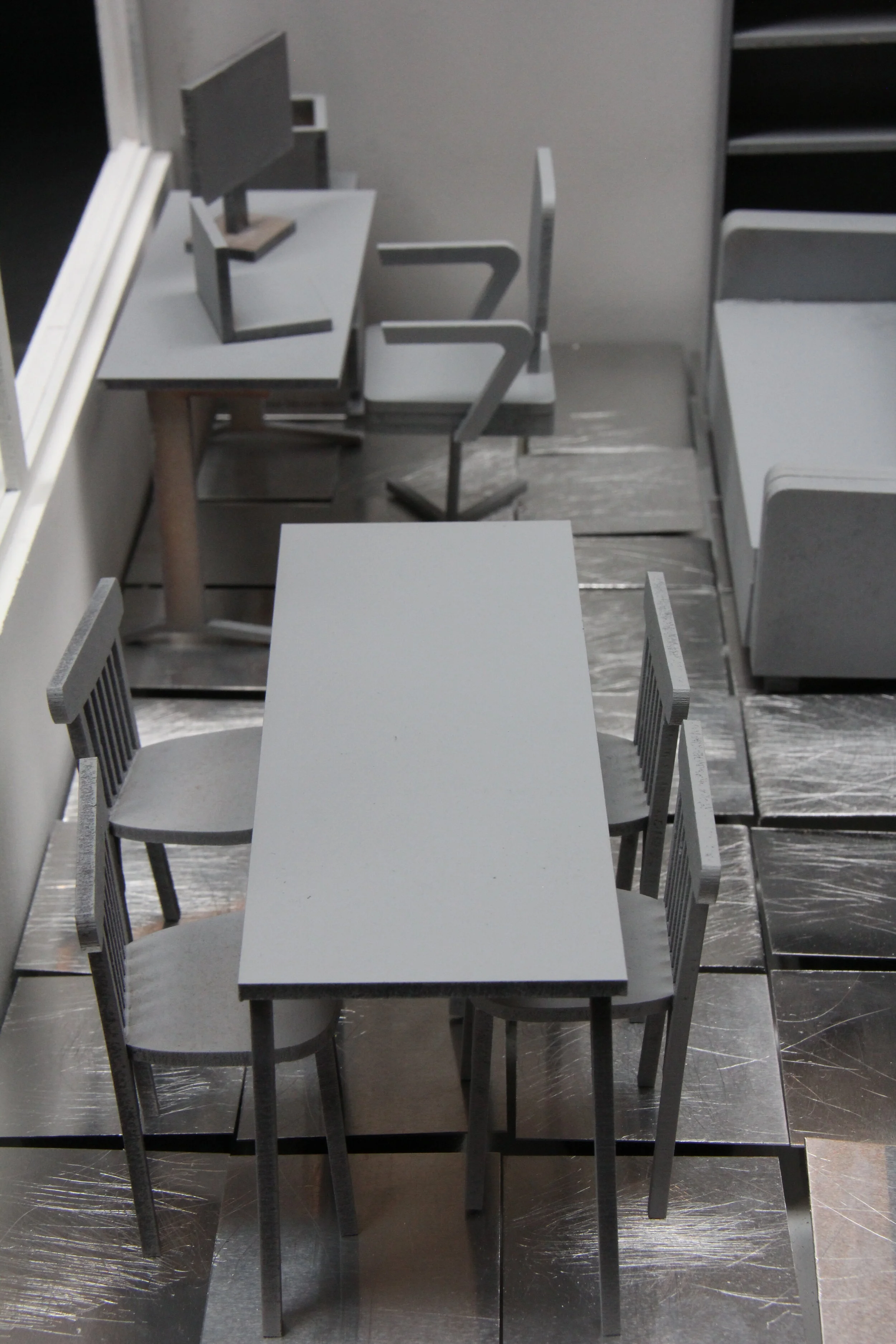Method Out of Madness

What is madness, what is the affective domain of going mad? One would claim that madness is repeating the same actions even though being aware that they have no effect, or even worse, that they have a detrimental effect. Have we all gone a little mad this past one and a half year? If so, if escaping our repeated habits can lead us out of a lucid (yet stale) spiral of madness, how can we do so when our habitats are confined, and we are even more confined in them? Could change in their reciprocity and how have they changed themselves in the past year and a half? These are the main questions we addressed during this Studio, making clear that the urgent issue of a syndemic urbanity is the significance of collectivity as something that surpasses the binaries between interior and exterior, private and public. One cannot speak of education during the past year without connecting it with issues of domesticity (since it was in the domestic environment that education took place). This is precisely where the Studio focuses: how can one examine, analyse and eventually speculate on the architectural concerns that the living (and working or studying) conditions of the last year have posed. We propose that the main issue of the past year is the absence of a negotiation mode where we (student to student, teacher to student, teacher to teacher) could inform each other. In other words, by just being isolated in a profoundly interiorised domesticity, there is no skin in the game, no high stakes: anything can fly, anything can be said but mostly nothing makes an impact. This is what we tried to counter within the studio, both in how it is taught and in its end results: provide the architectural ground and reasoning for collectives to emerge. Consequently, we examined what occurs when instead of changing our habitats we change our habits. Can we then think of nomadic architectures, or even of ourselves as nomadic subjects? For a nomadic subject, movement is not only an intermediate stage between fixed states or between two points. It is transformative. It is no longer only the ‘where’ of our lives that matters, but the ‘how’. it be that perhaps we need to develop additional senses, senses previously unbeknownst to us that could assist in finding and adopting new points of view that can estrange us to ourselves? This is what the project proposes: to intensify our relationship with the most fundamental of domestic surfaces, the floor itself. The floor becomes a gradient, one where we need to continuously negotiate our relationship with, while each one of us relates differently with it: different genres, different walking styles, different weights, different heights, different shoes and steps. In the continuous modulatory state of the intensified relationship with the very floor of our domestic enclosure the potential for a ‘what-if’ appears: what if we were to feel differently so we could act and think differently?
Text by Stavros Kousoulas
